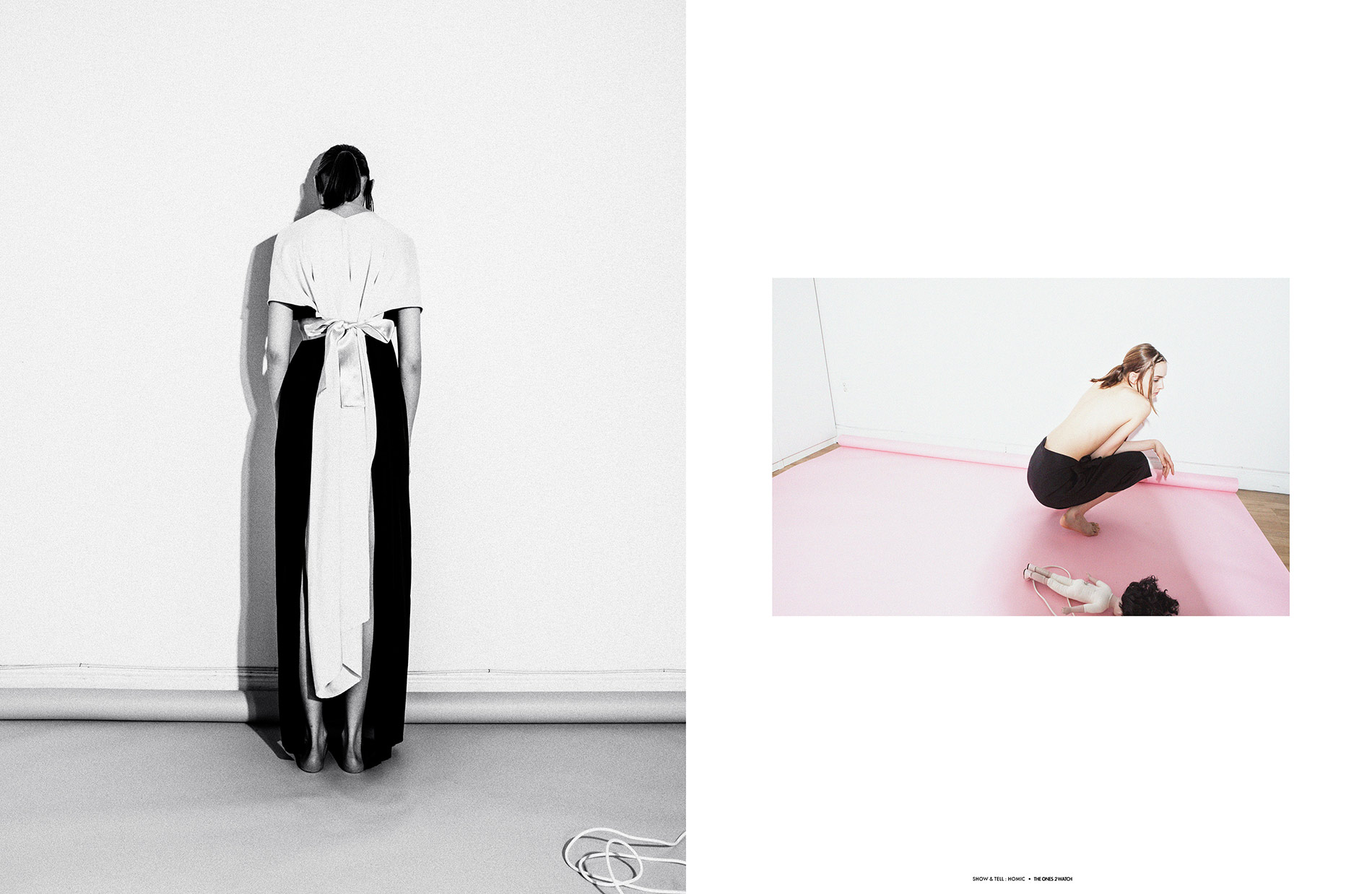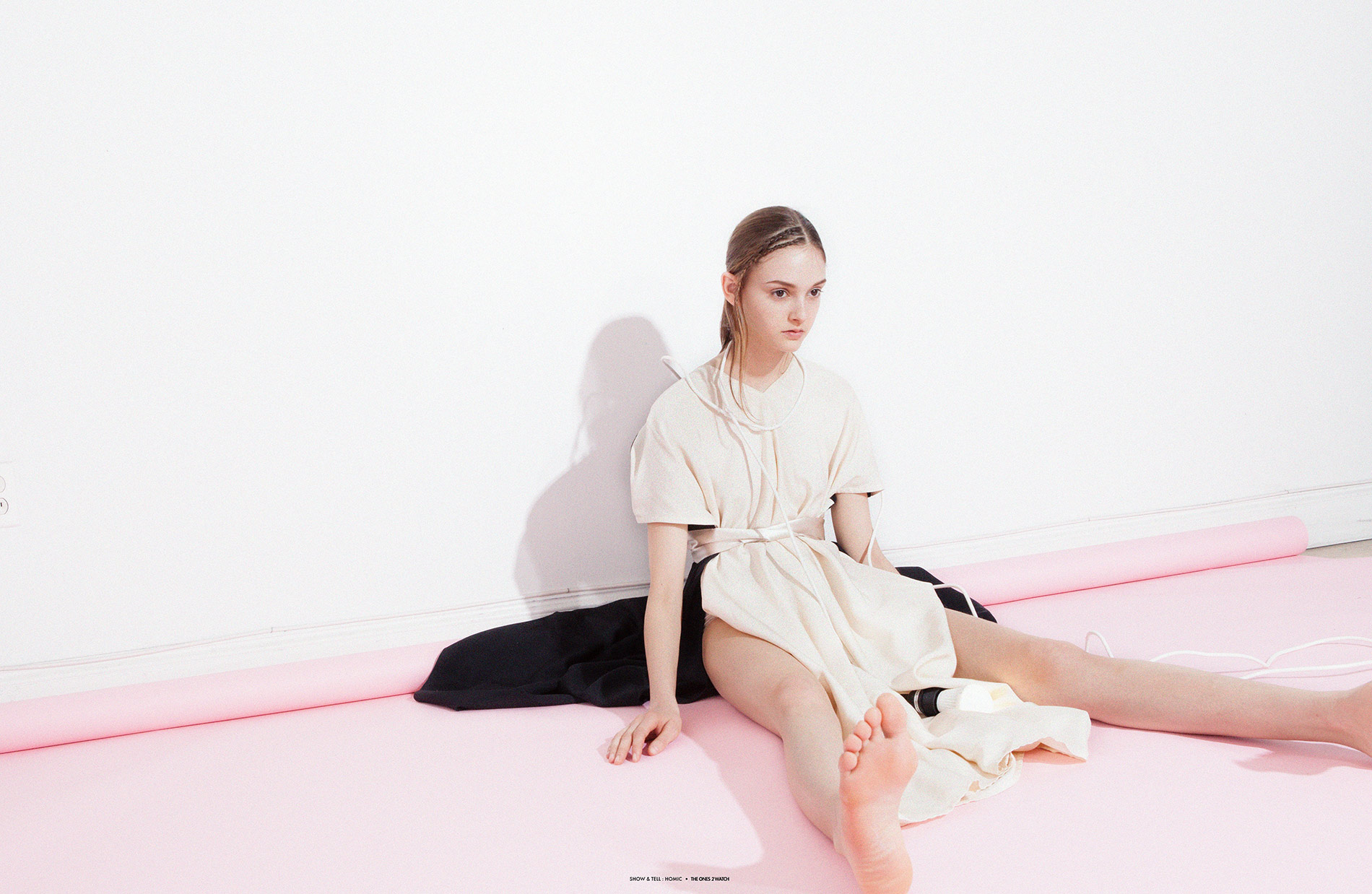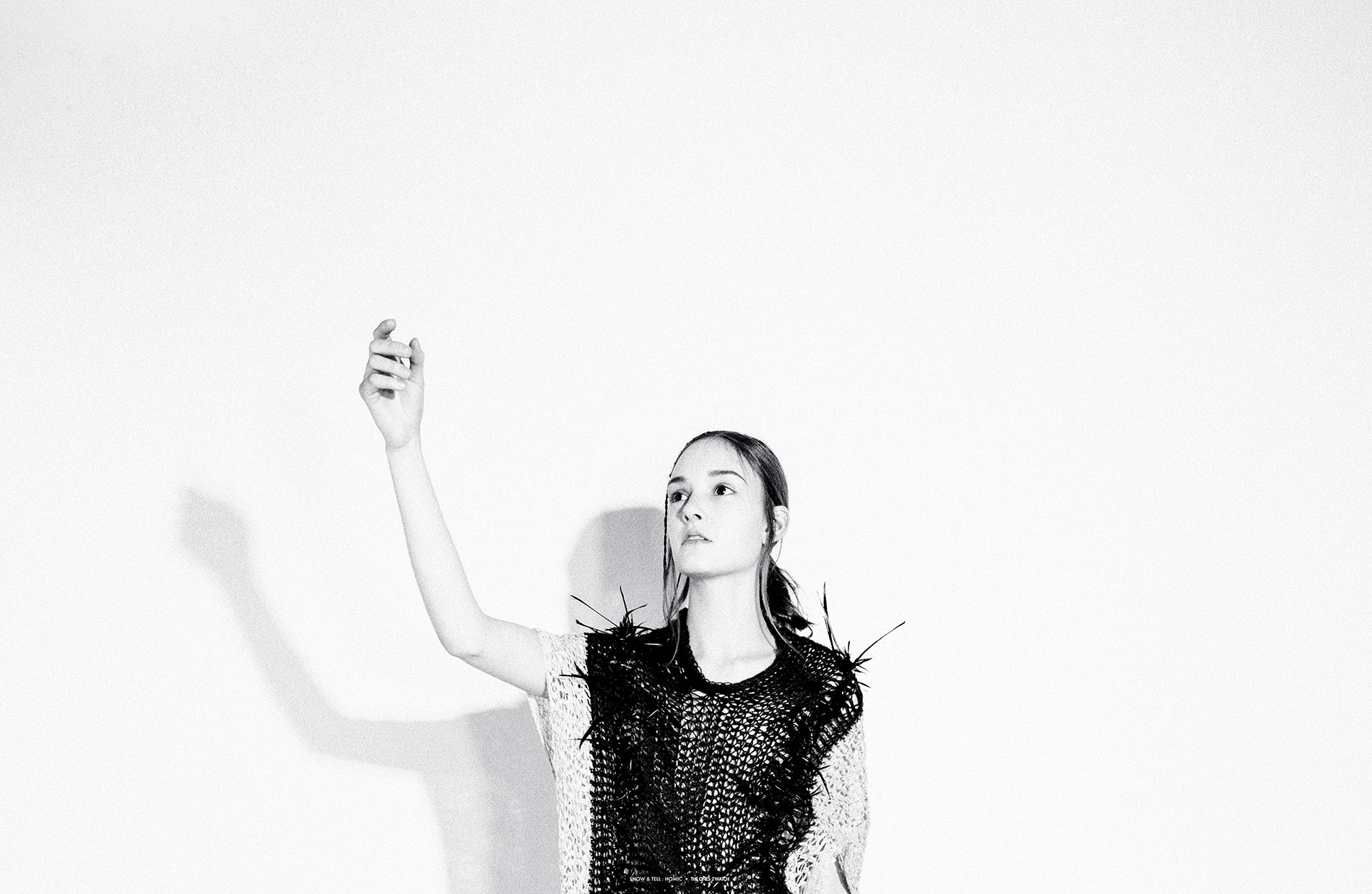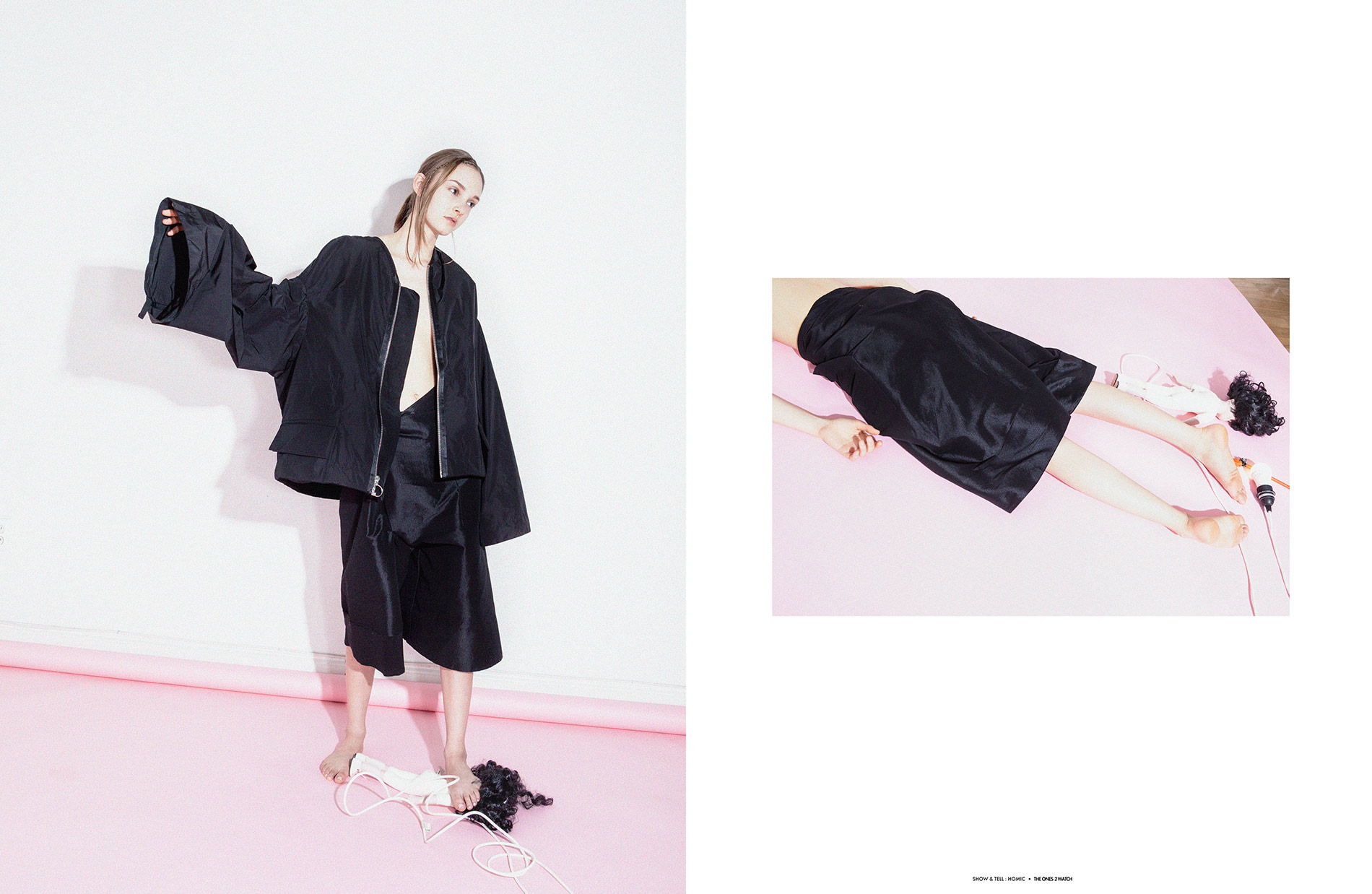Versatility, androgyny, and unusual textiles form the foundation of Joshua HOMIC‘s design aesthetic. Mixing the organic with the industrial, the hard with the soft, the luxurious with the utilitarian, this New York based unisex brand caters to the customer in search of the atypical.
interview
When did you know that this was what you wanted to do with your life? How did you get started?
I started in art at a young age, studying at SAIC in Chicago and Perpich Arts high school in Minnesota. From there I moved in circles that played with a variety of mediums, including fashion and textile art. When I was around 18 years old I focused exclusively on fashion design and from there I was sold.
What effect (if any) do you think your childhood has had on the creativity you display as an adult? What are your earliest memories involving fashion?
I travelled a lot as a kid. My parents took me abroad a few times and around the States every summer. I believe this shaped my current out look early on; it expanded my perspective and gave me a heavy dose of “culture shock”. These moments really stuck with me, because it was “other-worldy” and new. It really pushed me to do more than expected and this is something that is true with my philosophy today.
My earliest memory that involves fashion was when my mother bought me shiny black penny loafers when I was around 10 years old. I was obsessed with them.
What inspires you?
Images and sound; they can range from any subject matter. The sound creates a certain mood and direction, it starts from music that I listen to; most recently I have been religiously listening to Andy Stott and Demdike Stare. The images interpret the mood and create the rubric for me to fill in with my aesthetic. I browse the internet and source from old magazines and books. I usually focus on architecture and design. I also have an interest for objects designed in the mid-century style; when I design, I come to the challenge of creating something that will work well and fit within this imaginative space of curated ideas and objects.
What is your design process?
I start with inspiration (sound to imagery). From there I start to shape the silhouette and form, how the garments should work and feel. Sometimes I will sketch a figure to see the proportion or full look of an idea, however I mostly draft small patterns and toiles to grasp the physical presence and shape. My aesthetic dictates a certain design and utility to style. The bulk of work is done in pattern-making and choosing the most “sensible” direction for construction (which is not always the expected direction) I don’t like “over designed” clothes.
Have you ever doubted your talent/work? If so, how did you work through it?
There have been many moments of self doubt, but I believe that is the nature of being a creative individual. Design in itself is an equation where the components of the answer are not always visible, which is frustrating. I get through the moments of doubt by solving those problems and in the end believing that it is something relevant and true to my aesthetic.
Do you design with a specific client in mind? If so, who is that person?
I don’t design with a single person in mind, but more of a group or cult in mind. I like the idea that my clothes will bring people with similar ideas together, to unite them as a single band. These people seek the extraordinary and have a “no care” attitude to the established quos of life. They also wear mostly black, because they like to think that they are mysterious.
Is there a piece or a collection you are most proud of?
The piece I am most proud of is the “summit” jacket from my recent fall 2015 collection. It is an easy shape and a very well balanced design; wearable and urban, yet different because of the construction and pattern-making that is behind it. It is the epitome of HOMIC.
Have commercialism and/or the media had any impact on your work? Is this good or bad?
Yes, I would say both have had an effect on my work in a positive way. I believe that a designer should be aware of how commercial their direction is and plan around that position; it’s about knowing where you stand and being your self. I don’t believe you need to water down one’s design to “fit in”, it’s not necessary anymore because there is no defined space to fit into. If the design is good, I strongly believe that there will be others who will see that and stand behind it.
I believe its necessary to be aware of the media, so that you can understand what is out there. I use it as a tool to find and learn about people or places that inspire me.
Who/what is something or someone fabulous that you think is underrated or overlooked?
Certain genres of design are underrated and overlooked, especially those that are relevant to the routines of everyday life. Urban design and architecture are two areas I think people should pay more attention to. I believe its so interesting to see how a designer can manipulate material and create a use or reason for it or how to make space, nothingness meaningful.
Do you have any words of wisdom for someone starting out in your field?
Make most of your mistakes while working at someone else’s company, so you know what not to do at your own.
—
All Clothing
Homic
Photography & Styling
Soo Kei
Hair
Franklin Berry
Makeup
Sierra Min
Model(s)
Allison McLarty @ Major Model Management (New York)







